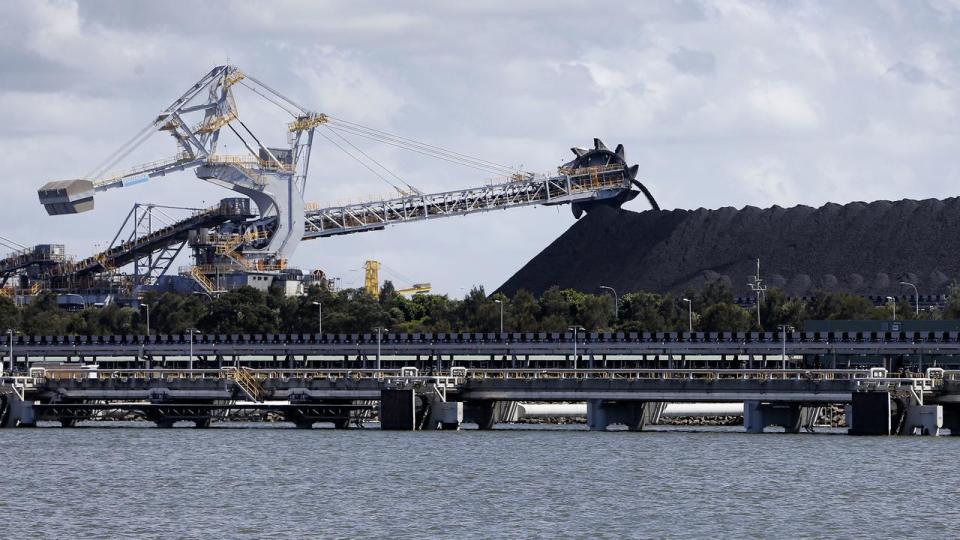Damage from methane adds to pressure for carbon levy
Australia needs a carbon tax to pay for change as the nation is vastly underestimating methane emissions and damaging any climate credibility, former competition tsar Rod Sims warns.
Australia may be emitting at least twice the level of methane emissions than reported under a national reporting framework, according to results released on Tuesday from a new monitoring tool.
"The aggregate is so large that you'd have to think that most coal mines are under-reporting their emissions," Professor Sims, who is the chair of the Superpower Institute, told AAP.
"It's time to fix the rules. It's time for the government to get a good, proper measurement system in place so Australia is not continually accused of under-reporting."
Making a speech in Canberra, he also reiterated calls for a $100 billion a year "carbon solutions levy" at fossil fuel extraction sites nationwide and on all fossil fuel imports to Australia.
The tax would fund new green industries, transmission investment and maintain a strong budget position to ensure Australia has a low cost of capital, he said.

Australia is part of a global pledge to cut methane emissions by 30 per cent by 2030, with fossil fuel producers, livestock and landfill among the main culprits worldwide.
But rubbery progress based on self-reported data risks damaging Australia's international credibility, according to the institute's analysis of the first batch of data from the Open Methane tool.
"The results are simply astounding ... If we're not measuring our emissions properly, how can we deal with them?" Prof Sims asked.
Australia should be measuring actual emissions from specific locations and not using averages based on decades-old industry data for mining each tonne of coal, he said.
A network of 12 ground stations and satellites could also measure agriculture's methane emissions and whether carbon offsets were effective or not.
"We've estimated it's $100 million over 10 years - $6 million a year to monitor it and $40 million to set it up," Prof Sims said.
Exports of green iron, fertilisers, transport fuels and silicon will depend on credible measurements of emissions to meet environmental standards that will be required, particularly in Europe, he said.
A 2023 review by the Climate Change Authority made 25 recommendations to ensure the national emissions reporting framework remained fit for purpose, with satellite measurements thought to have some shortcomings.
The government's formal response to all recommendations, including on methane reporting, will be released in June.
"Our existing mandatory facility-level reporting system is one of the most comprehensive in the world," a spokeswomen for Climate Change and Energy Minister Chris Bowen said.
"Australia's emissions reporting scheme and inventory is world class and exceeds UNFCCC (United Nations Framework Convention on Climate Change) and Paris Agreement requirements," she said.
But atmospheric physicist and pioneer in the global measurement of methane, Emeritus Professor Peter Rayner, said methane emissions were not being credibly measured, even though technology was available.
"Cutting methane is our single best strategy to combat global heating this decade while we make the changes needed to reduce Australia's emissions to zero," he said.


